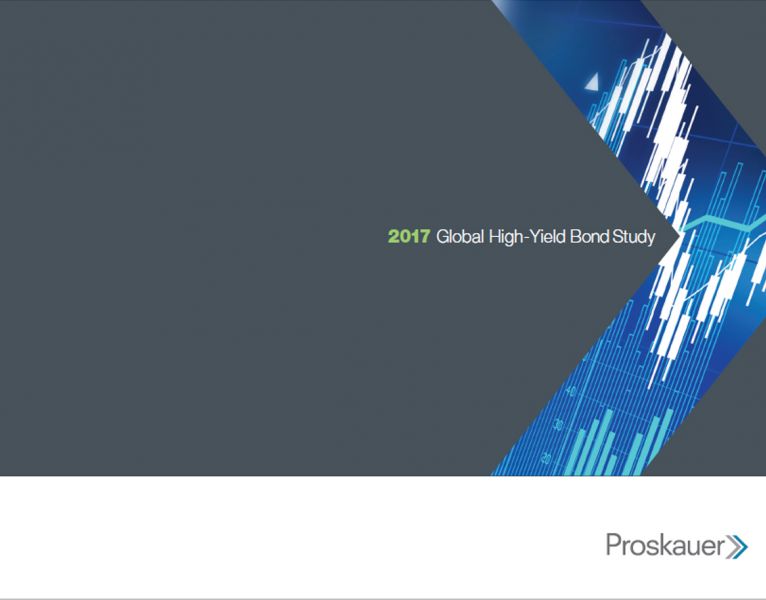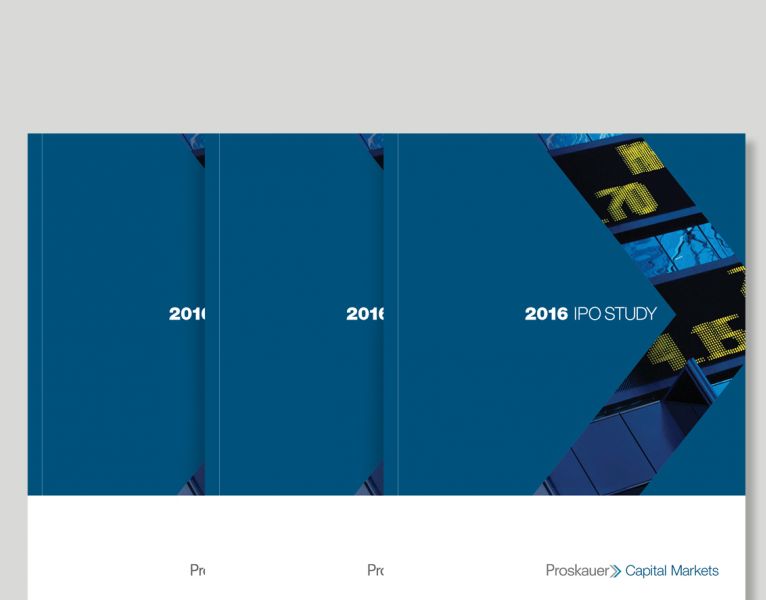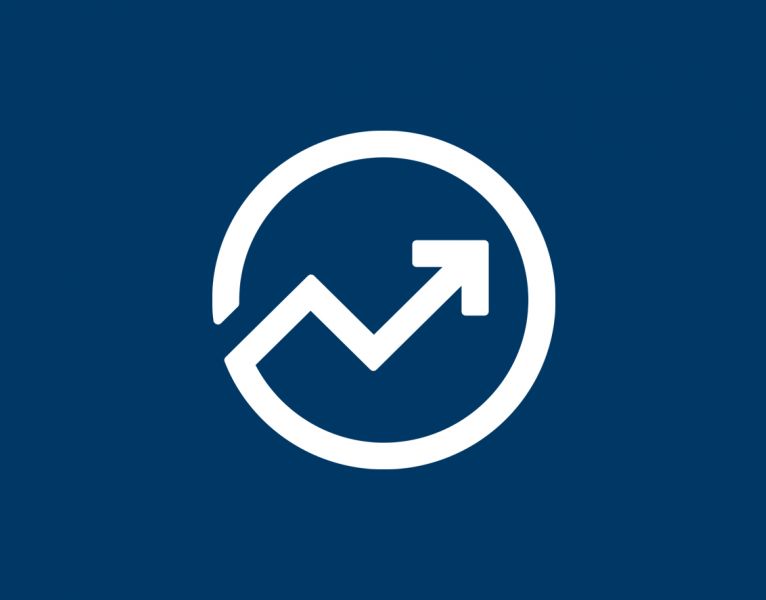April 17, 2018 (New York) – International law firm Proskauer today released its fifth annual IPO Study, which offers comprehensive analyses of U.S.-listed initial public offerings that priced in 2017 and identification of IPO trends over a four-year period.
The 2018 study examines data from 86 IPOs that priced in 2017 with a minimum initial base deal size of $50 million, and includes industry analyses on the health care; technology, media & telecommunications (TMT); energy & power; financial services; industrials and consumer/retail sectors. The study also includes a focus on foreign private issuers. Utilizing proprietary information from more than 462 IPOs that the group has analyzed over the last five years, the study provides detailed comparisons of deal structures and terms, SEC comments and timing, financial profiles, accounting disclosures, corporate governance and deal expenses.
The 2018 study yields a number of noteworthy observations about trends and activity among 2017 IPOs, including:
- Increase in average deal size. Reversing a two-year trend, we saw an increase in the average base deal size. In 2017, the average base deal size was $285 million compared to $214 million in 2016. While there was a decrease in mega deals (deals over $1 billion base deal size), there was an increase in deals within the $250 million and $1 billion range.
- Shortened time to pricing. Outside of 2014, IPOs in 2017 had the fastest time from the first confidential submission or filing with the SEC to pricing; the average number of days to pricing was 135 and the median was 103.
- Continued decrease in SEC comments. We continue to see a decrease in the average number of SEC comments in the first comment letter. Since 2014, there has been a 41% decrease in the average number of first-round comments.
- Continued increase in market acceptance of less financial information. The market has continued to show increased acceptance of less financial information from emerging growth companies (EGCs). In 2017, five years after the passage of the JOBS Act, 70% of EGCs included two instead of three years of audited financial statements and 56% of EGCs included only two years of selected financial statements.
- Decrease in issuers with a material weakness. After observing a significant increase in the percentage of issuers disclosing a material weakness in their internal control over financial reporting from 2014 to 2016, we found that the percentage of such issuers declined from 37% in 2016 to 34% in 2017. As in prior years, we did not observe any discernable negative impact on pricing related to the disclosure of a material weakness in internal controls.
- Continued prevalence of multiple class stock structures, particularly in TMT IPOs. There was a significant increase in IPOs by issuers with multiple class capital stock structures. Approximately 30% of issuers went public with multiple classes of common stock in 2017 as compared to 18% of issuers in 2016. Most issuers with multiple classes of common stock were in the TMT sector and provided for unequal voting rights among classes.
- Pre-IPO private placements increase. We observed that almost one-quarter of issuers privately placed equity securities within the twelve months prior to the first submission/filing of their IPO registration statement in 2017. Of these issuers, more than half conducted a private placement within the six months prior to the first submission/filing.
- Insider purchasing levels off. We have observed a significant increase in IPOs with insider purchasing from 24% in 2014 to 33% in 2017. However, the percentage of IPOs with insider purchasing in 2017 was lower than the peak level we saw in 2016 of 42%. Insider purchasing has consistently been most prevalent in the health care sector among biotech and biopharmaceutical issuers.
- Decrease in sponsor-backed deals. From 2014 to 2016, sponsor-backed IPOs represented around 40% of the total IPO market. In 2017, there was a decline in the percentage of sponsor-backed IPOs to a little more than a third of the IPO market.




